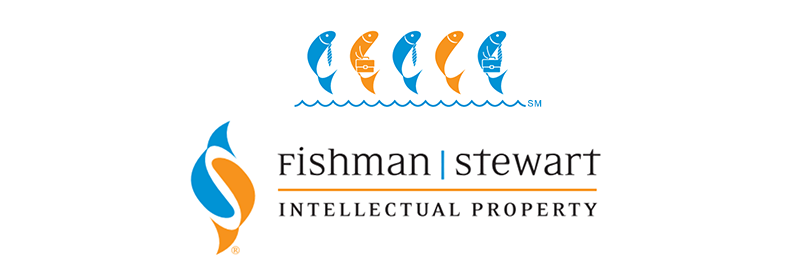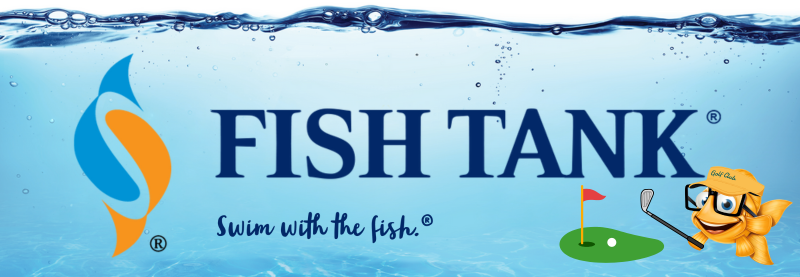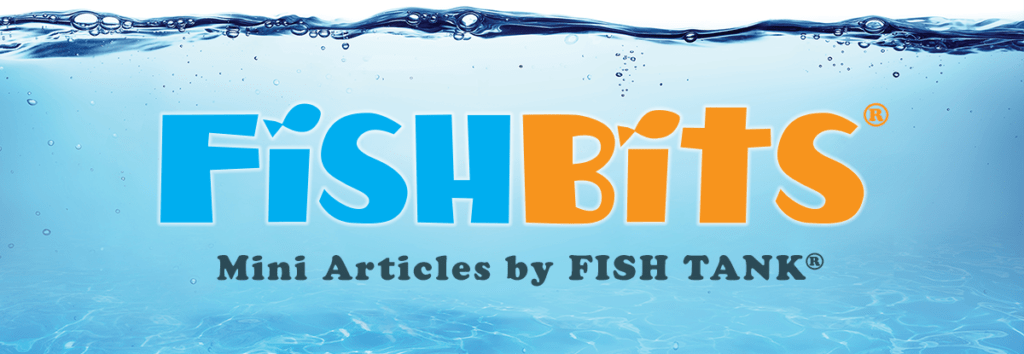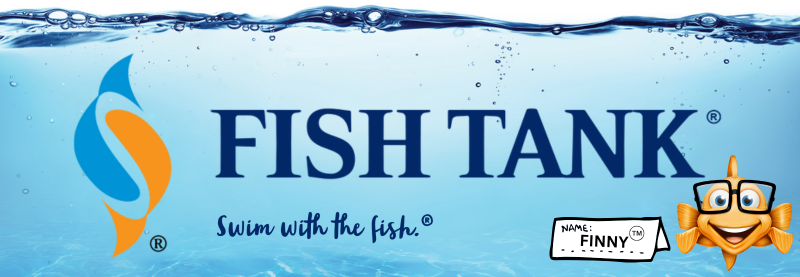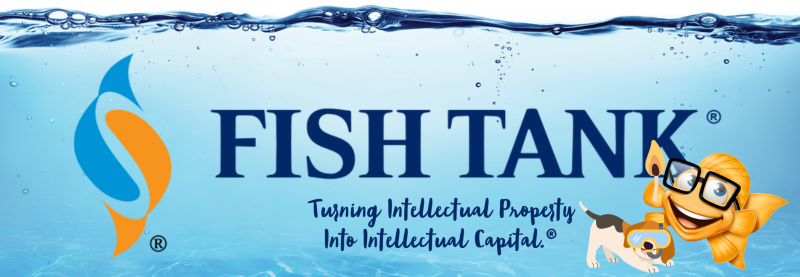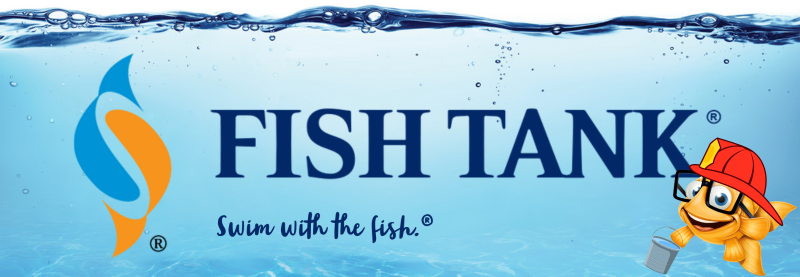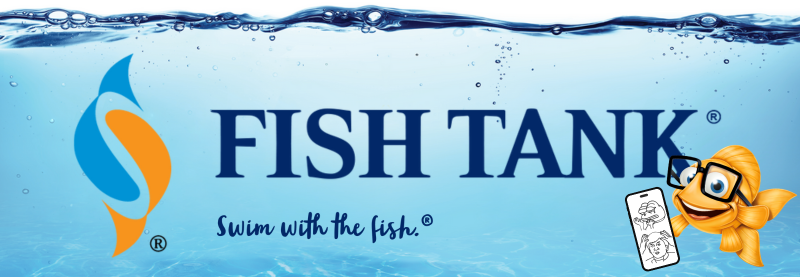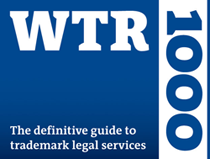Intellectual Property Insights from Fishman Stewart PLLC
Newsletter – Volume 22, Issue 20
Share on Social
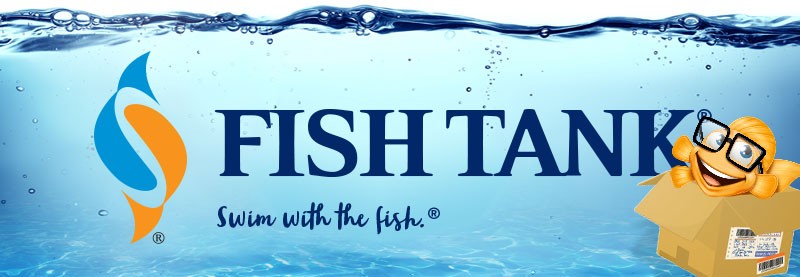
Amazon, Infringers and Design Patents: A Cautionary Tale
By: Doug P. LaLone
Combating copycats on Amazon can be an expensive, frustrating endeavor. This is doubly true when simultaneously taking on both copycats and Amazon.
It is all too common of a story for sellers on Amazon: a listing pops up purporting to sell a replica of your patented, copyrighted, or trademarked goods. You file a complaint with Amazon, but receive only a canned, automated response from Amazon that no action will be taken because the listing does not infringe your rights. You resubmit the form, and receive the same response, over and over again. You look for a hotline with the hope of speaking with a human, but you are redirected to the online form.
Eventually, after numerous submissions and denials from Amazon, you succeed in having the listing removed, but three more listings pop up overnight. You are playing an endless game of Whac-A-Mole. You file requests that Amazon remove those new listings, the way it eventually removed the last listing, only to be told, once again, that Amazon does not believe the new listings infringe your rights-despite its previous conclusions to the contrary with other, identical listings. You submit more requests, until you either (1) successfully see the listing removed, or (2) your account is suspended by Amazon because you submitted too many requests. We feel this pain acutely, since we recently went through a similar experience on behalf of one of our clients.
Understanding Amazon’s business model might help shed light on the challenges vendors face in enforcing their intellectual property rights on the platform. Particularly in the US, entrepreneurs and small businesses selling products on Amazon prefer to ship their products from their own facilities. In such cases, Amazon makes around 20% commission for everything sold. For counterfeit products, many of which originate overseas, such sellers often store their goods in one of Amazon’s mega distribution centers. In those cases, Amazon makes even more money, around 50% of every sale (20% for the commission, plus another 30% for warehousing and distribution fees). These rates fluctuate, and in some cases are even higher.
Thus, on its face, there is a perverse economic incentive for Amazon to continue to sell infringing products of foreign vendors at the expense of US intellectual property rights owners. Even more problematic, Amazon has been accused of stealing the designs of its vendors with some of its own Amazon branded products.
For Amazon vendors, properly securing your intellectual property may provide the much-needed legal leverage to combat copycats, especially on Amazon. For Amazon buyers, the next time you shop on Amazon, look for those products that say they are patented. You could be helping a local innovator protect its valuable asset, and its revenue stream!
Published September 30, 2022
Kudos to Big Whitetail Dream
We congratulate client Big Whitetail Dreams, a US company that secured a design patent protecting its J-Hook shaped bow and arrow gear hanger. It successfully leveraged its design patent against numerous infringers that were selling knock offs on Amazon. Here’s an example of one infringing product:
Big Whitetail Dreams’ Design Patent: Infringer’s Gear Hanger:
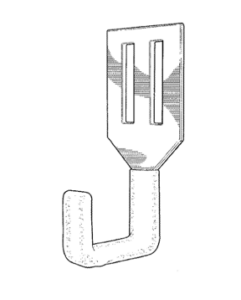
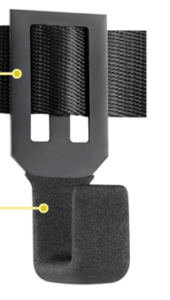
Doug LaLone is an engineer, patent attorney, and partner at Fishman Stewart. He also serves as chair of the firm’s Strategic IP Practice Group which counsels portfolio companies, PE, VC and IB firms on intellectual property strategies, due diligence and portfolio management. Check out his bio.


Related Content from Fishman Stewart
L.A.B. Golf aims to protect its innovations, and therefore its market position, owning three patents for its zero-torque design. The question now is whether L.A.B. Golf can withstand the wave of copycat designs.
One of his most famous songs, “Lose Yourself” was recently at the center of a lawsuit. In 2019, Eminem’s publishing company Eight Mile Style sued Spotify claiming that Spotify streamed a number of its musical compositions without proper licenses.
Our latest article tackles three common trademark questions: 1. Can I trademark my own name? 2. Can I trademark the name of a fictional character? 3. Can I trademark the name of a U.S. president or British royal?
One of the most common challenges is whether AI should be free to train on data that is protected by copyright and owned by third parties without first obtaining permission.
Like the titles of single creative works, character names do not generate trademark rights unless used for a series of creative works (meaning two or more). A year ago, Jane Wick, LLC filed a trademark application for the mark JANE WICK in logo format.
The U.S. Copyright Office (USCO) recently published its latest report on AI and “copyrightability.” In short, the USCO considers only some AI-generated works to be sufficiently creative as to deserve copyright protection, and thus, registration.
We know that as of June 4, 2024, the United States Patent and Trademark Office (USPTO) had issued more than twelve million patents. We also know that more than 10,000 patents were in existence before the count began.
Back in the 1940’s assignments by independent contractors could be permanent and irrevocable. Things changed in 1976, when Congress overhauled the Copyright Act.
Generally, copyright protects the specific expression of ideas, such as the arrangement and presentation of visual elements, but it does not protect general concepts or styles.
In the age of the internet, memes are a universal language. A meme is a piece of content, typically an image, video, text, or a combination of these, that spreads rapidly across the internet, often with humorous, relatable, or satirical undertones.
IDENTIFYING, SECURING AND ADVANCING CREATIVITY®
